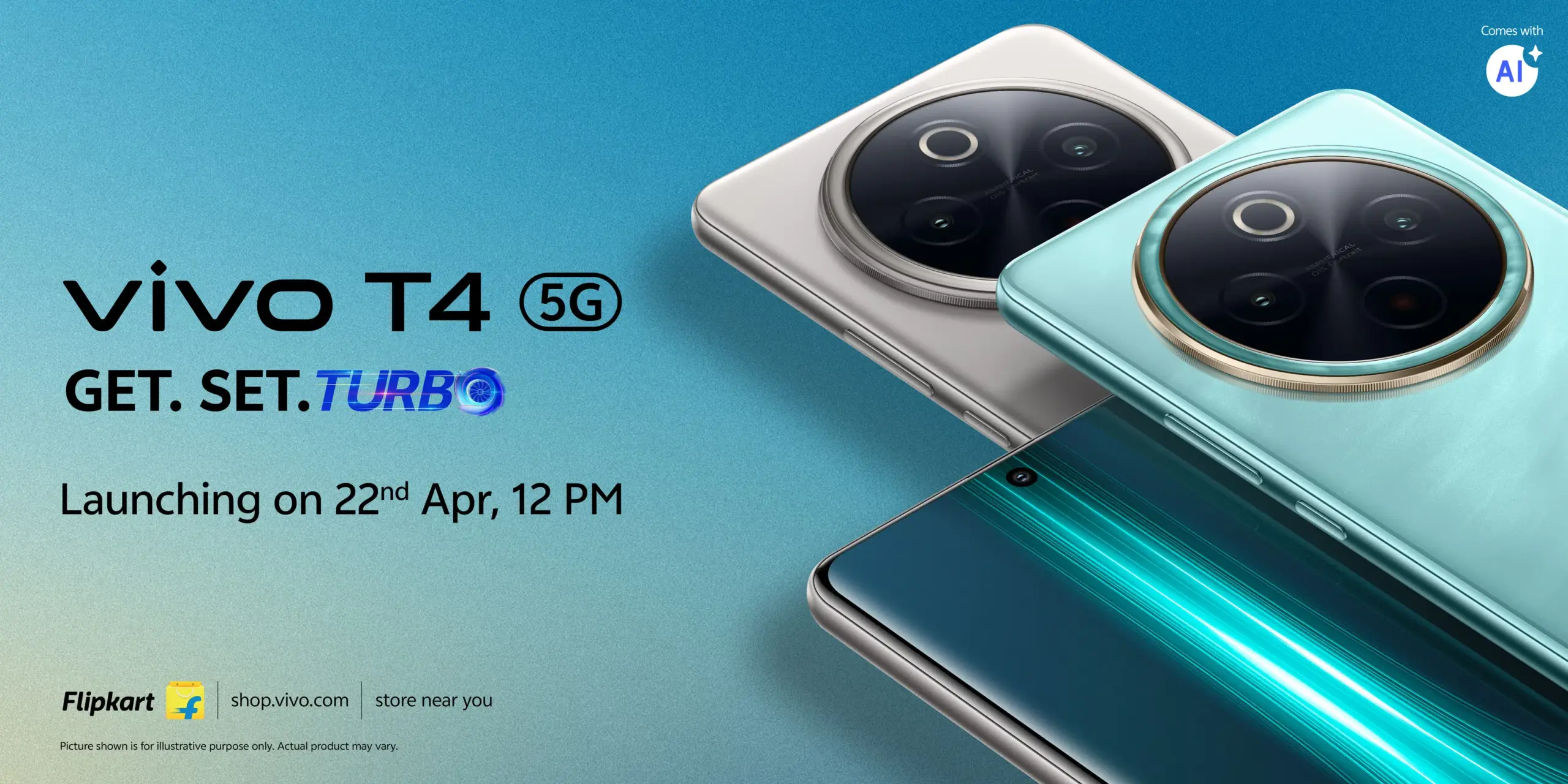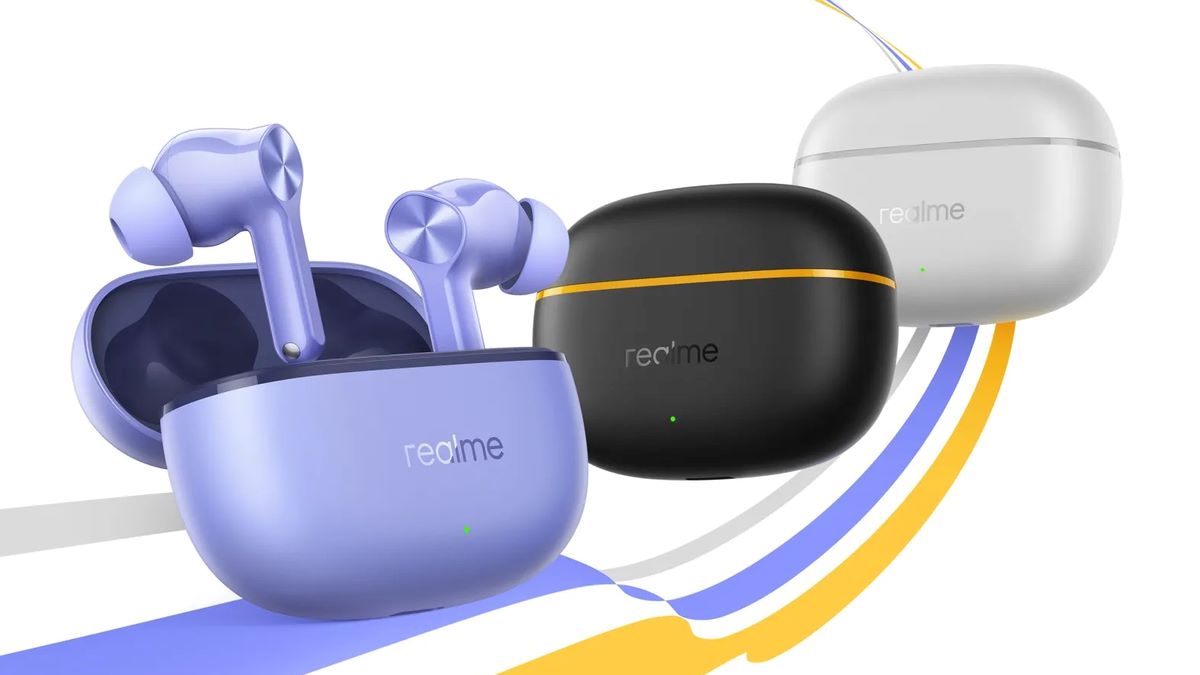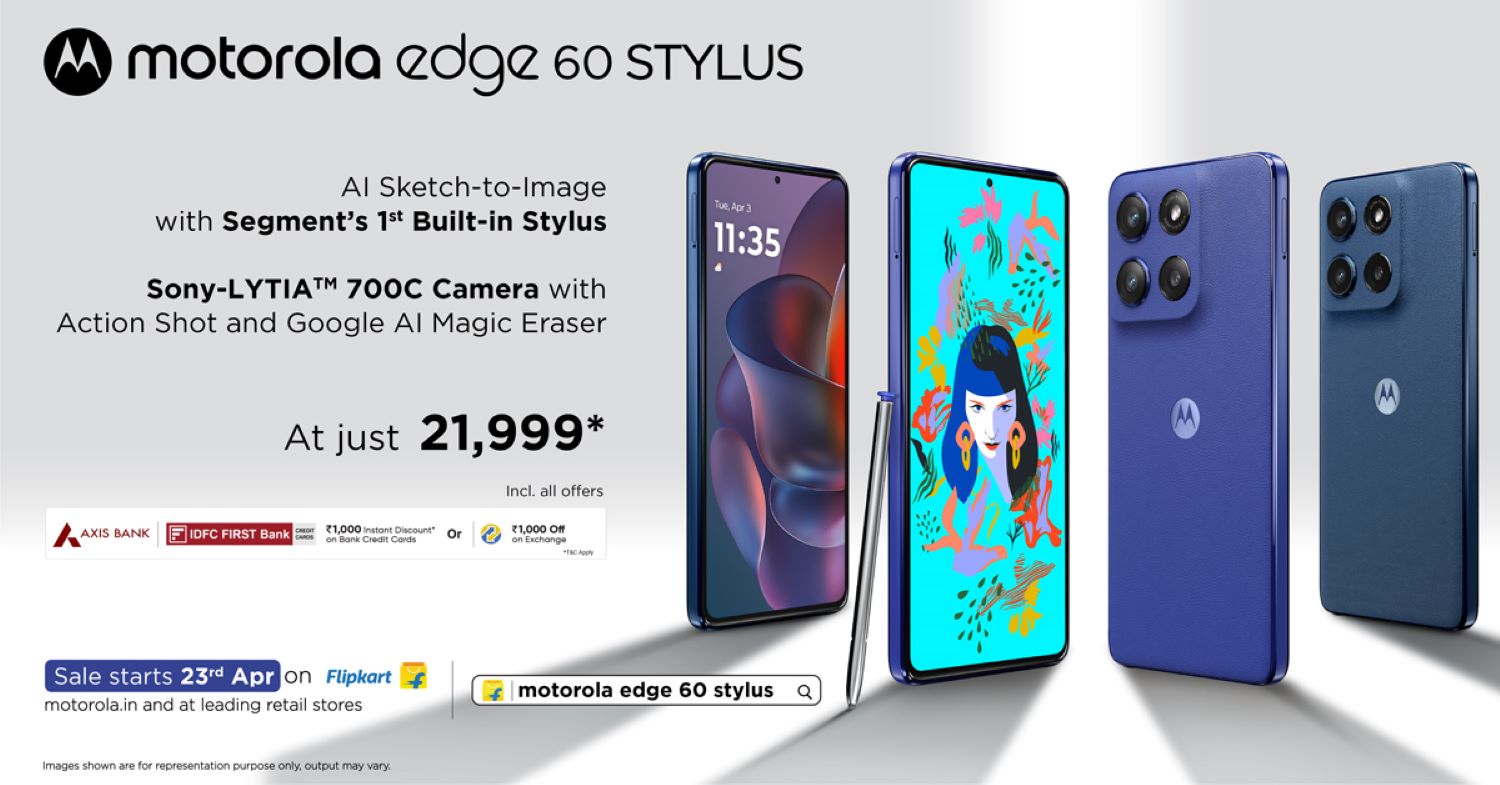In recent years, Google’s Pixel series has faced a significant loyalty crisis, with a startling 57% of Pixel users expressing their intention to switch to a different smartphone brand at the next opportunity. This trend raises concerns for Google, especially when compared to the loyalty enjoyed by competitors like Apple and Samsung.
Understanding the Loyalty Problem
A survey conducted by Statista Consumer Insights between July 2022 and June 2023 revealed that Google’s Pixel phones have the highest percentage of users likely to switch brands. This survey included responses from 9,572 U.S. smartphone users, with only 26% of Pixel owners indicating they are “very unlikely” to change brands, compared to 49% of Apple users and 44% of Samsung users who expressed strong loyalty to their respective brands.
Reasons Behind the Dissatisfaction
Several factors contribute to the dissatisfaction among Pixel users. One of the primary issues is the recurring software bugs and hardware problems. For instance, the Pixel 6 series experienced significant issues with cellular connectivity and overheating. Such problems, coupled with inconsistent software updates, have eroded user trust. In contrast, Samsung and Apple have managed to maintain more stable and reliable performance in their devices, which bolsters user confidence and loyalty.
Additionally, Google’s approach to product support and updates has been a point of contention. While Samsung has extended its support timelines, Google has phased out support for older Pixel models relatively quickly, leaving users feeling unsupported.
The Impact of Brand Loyalty
Brand loyalty is crucial in the highly competitive smartphone market. Apple’s high brand loyalty is a significant asset, with 50% of users stating they are unlikely to switch. This loyalty is driven by Apple’s robust ecosystem, consistent updates, and reliable customer service. Samsung also benefits from a strong user base that appreciates its extensive range of devices and features.
For Google, the challenge lies in retaining its current user base while attracting new customers. The introduction of new models like the Pixel 8a aims to address some of these issues by offering competitive pricing and advanced features. However, addressing the root causes of user dissatisfaction—such as improving software reliability and extending support timelines—will be essential for rebuilding trust.
Moving Forward
To improve brand loyalty, Google needs to focus on several key areas:
- Enhanced Software Stability: Reducing the frequency and severity of software bugs can help improve user experience.
- Extended Support: Offering longer support timelines for older models can make users feel more valued and secure.
- Improved Customer Service: Providing reliable and accessible customer service can help address user concerns promptly.
By addressing these issues, Google can work towards enhancing user satisfaction and rebuilding loyalty among its Pixel phone users.













